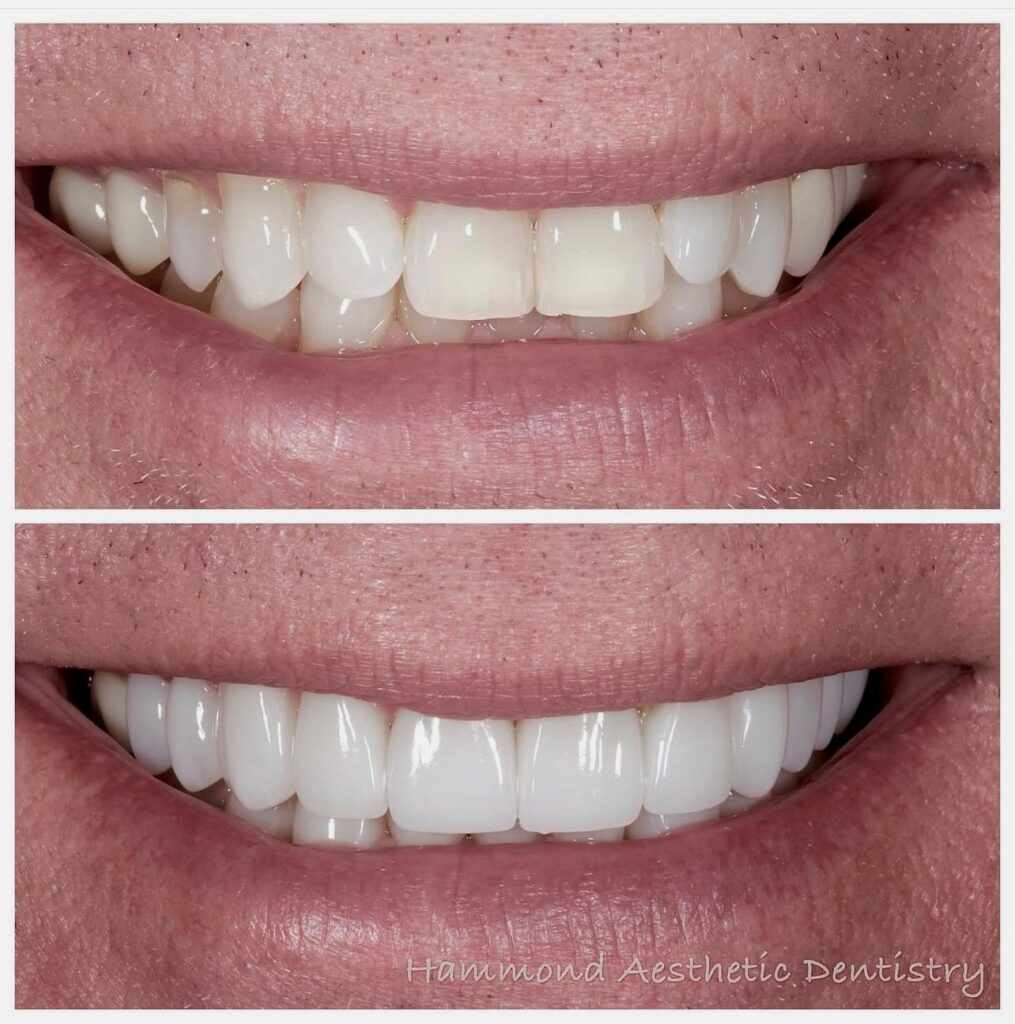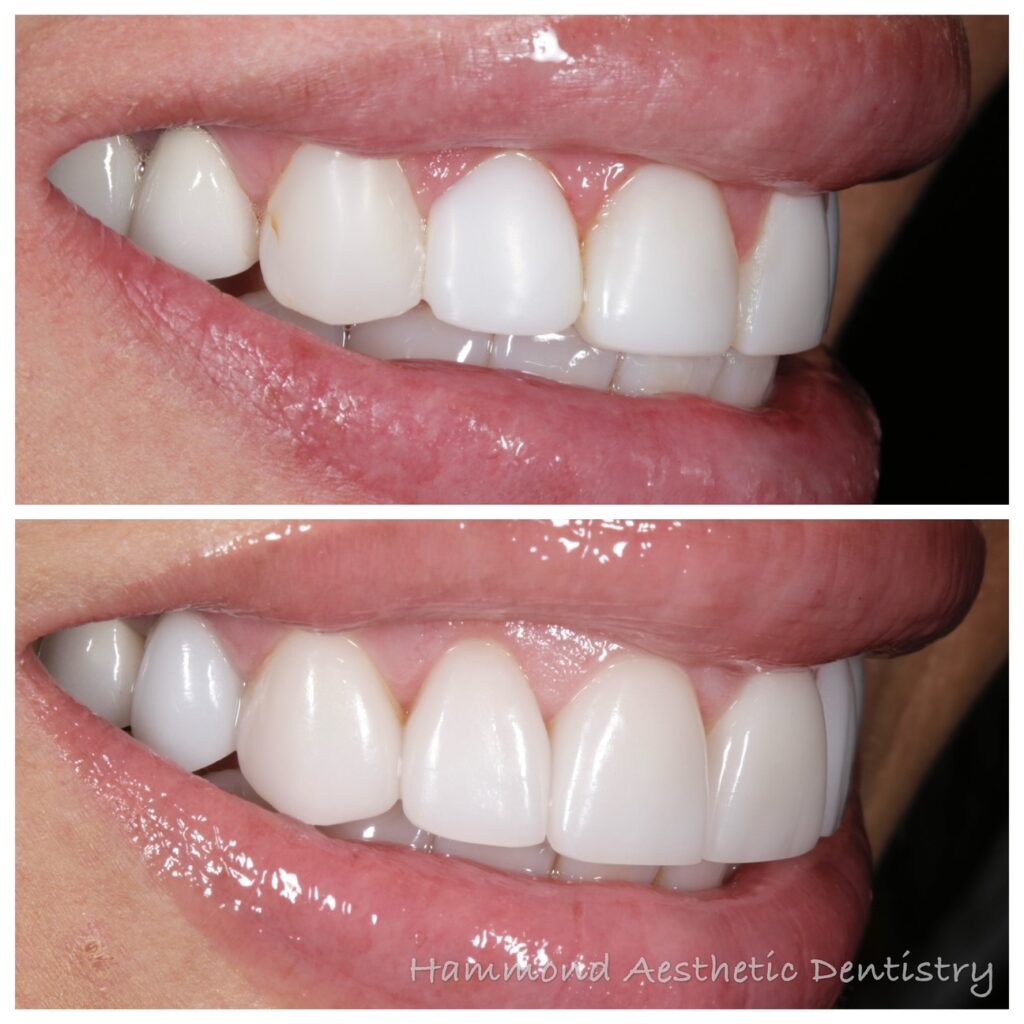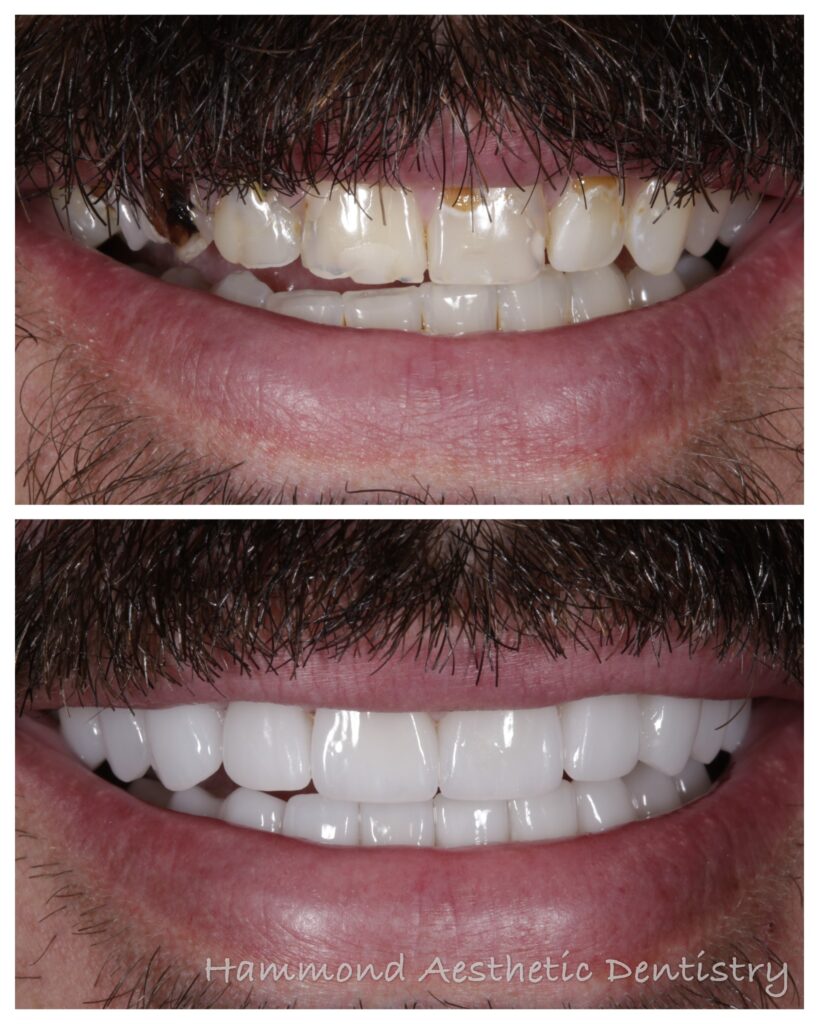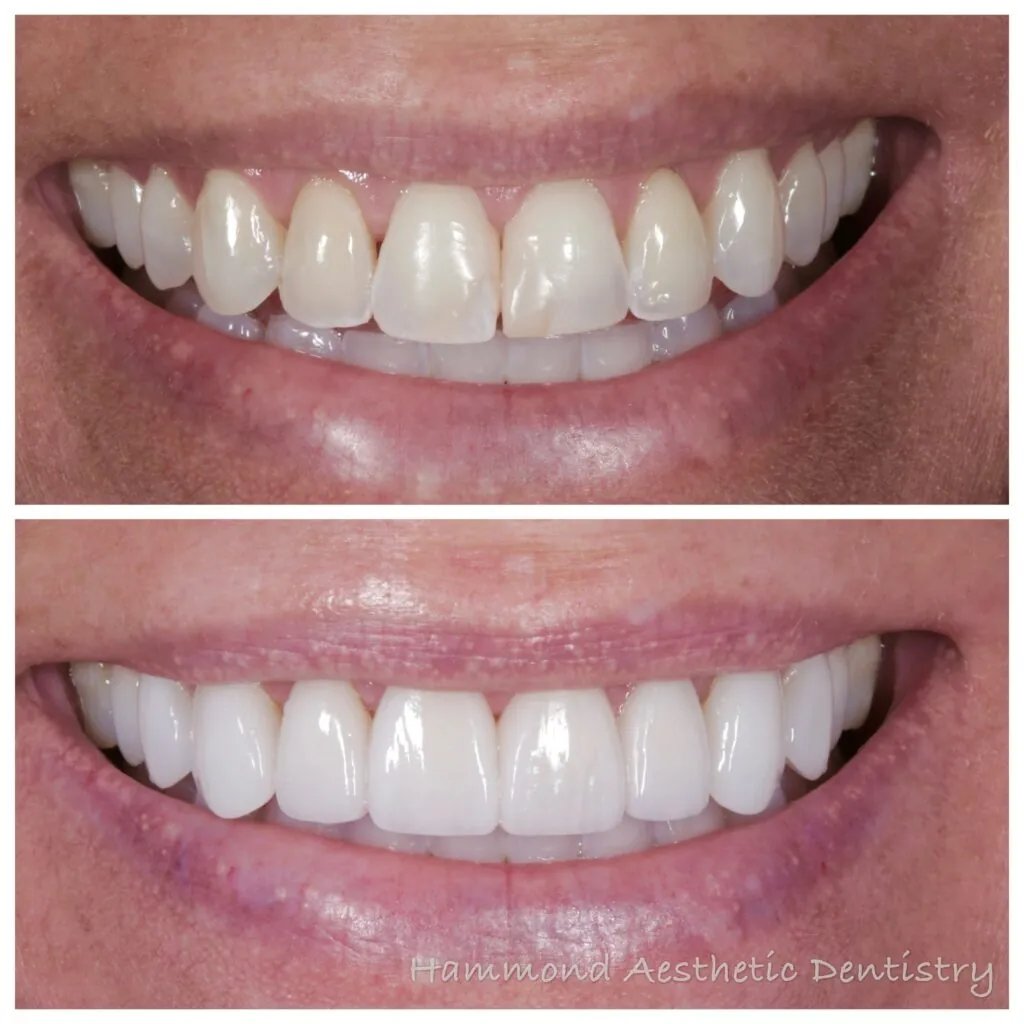Treat tooth decay at home
Patients Learn Pro-active Program and Skip the Drill
Treating tooth decay at home to avoid future fillings may sound too good to be true, but it could be the next big dental breakthrough. By using a new treatment program, called the Cavity Control Program, some dentists can now teach patients how to begin self-treatment programs to halt and prevent dental decay, according to Steven M. Parrett, DDS, general dentist and member of the Academy, who has over 15 years of experience treating cavities and gum disease by monitoring bacteria levels.
“Before this program, dentists monitored the progression of decay, filled the decay, watched the cycle continue, only to treat more decay by filling more cavities,” said Dr. Parrett. “Because the area around a restored portion of a tooth is a good breeding ground for the cavity-causing (Streptoccus mutans) bacteria, those with fillings have a higher chance of developing additional tooth decay.”
Cavity Control Program
The method, part of an extreme hygiene program developed by Dr. Parrett, acts on the basis of treating the progression of decay as a bacterial infection. “We teach patients that cavities are a result of a transmissible infectious disease and that they can help stop this disease, even when they’re not at the dental office,” explained Dr. Parrett.
Analyzing just one eyedropper of saliva allows dentists to identify bacteria levels in the mouth and thus identify patients at risk for the preventable disease. The patients are then enrolled in the program which involves one-on-one counseling, bacteria monitoring, nutrition counseling and remineralization therapy (at-home and in-office), which builds up weakened enamel that has become porous. Tiny tubes form in the tooth and weaken the enamel and remineralization therapy strengthens those tubes to make the enamel stronger.
Dental Decay Treatment
Treating dental decay at home starts with steps to remineralize areas that show dental decay. Patients rinse with an antibacterial mouthrinse twice a day, use a custom-made tray to apply fluoride once a day, chew a xylitol gum, use a compatible toothpaste and schedule quarterly dental visits, during which the dentist checks overall progress.
“This method shows that bacteria levels are greatly reduced and that enamel is remineralized within months,” reported Dr. Parrett. Although signs of decay will not disappear, the decay will be halted in most cases where patients are compliant. “The program helps consumers avoid a lifetime of dental repairs and take charge of their dental destiny.”
Tooth Decay
Fact Sheet
What is tooth decay?
Tooth decay (or cavity) results from a bacterial infection on the tooth surface. Unlike other diseases, tooth decay is not life threatening and is highly preventable. It affects most people to some degree during their lifetime. What causes tooth decay?
Tooth decay occurs when teeth are frequently exposed to foods containing carbohydrates (starches and sugars) in the presence of cavity-causing bacteria. This cavity-causing bacteria lives in the mouth and forms plaque, which leads to decay. Only three types of the over 300 bacteria that live in the mouth will assist the decay process.
The bacteria then interacts with deposits left on teeth from sugary and starchy foods to produce acids. The acids then damage tooth enamel over time by thinning the mineral structure of teeth, producing tooth decay and weakening the teeth. How are cavities prevented?
The acids formed by plaque can be counteracted by saliva, which acts as a buffer and remineralizing agent. The best way to prevent cavities is to brush with a fluoride toothpaste, limit sweets and floss.
Fluoride is a natural substance which helps build up (or remineralize) tooth structure and make it more resistant to future breakdown. Sealants can prevent decay in the pits and fissures of the tooth that fluoride can not reach.
How can remineralzation treatment help teeth?
Remineralzation builds up the weakened enamel that has become porous – tiny tubes have formed in the enamel, and remineralzation helps strengthen the tubes to make enamel stronger.
Even if the weakened enamel does develop into a cavity that needs to be filled, the remineralized tooth will have less enamel and tooth structure removed before it is prepared to be filled.
Who is at risk for cavities?
Some people have a greater decay risk factor than others because of bacteria levels. Others at risk:
- People with a diet high in carbohydrates and sugary foods
- Those that live in communities without fluoridated water
- People with fillings – the area around a restored portion of a tooth is a good breeding ground for bacteria
- Individuals with dry mouth
- Children and senior citizens are the two groups at highest risk
- What can I do to help protect my teeth?
The best way to combat cavities is to:
- Cut down on sweets and between-meal snacks
- Thoroughly clean the mouth twice a day – brush after every meal, floss daily and clean the tongue
- See the dentist at least every six months for checkups and professional cleanings





